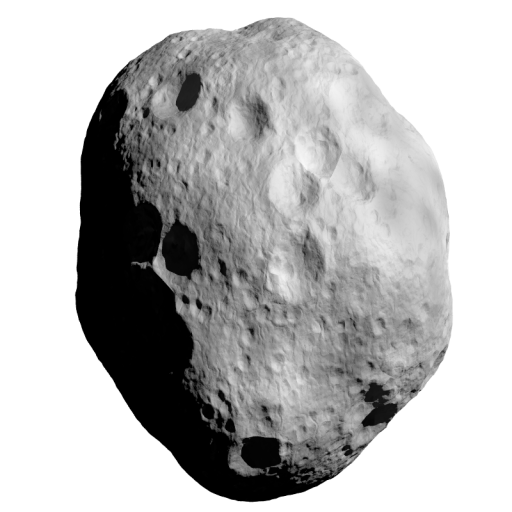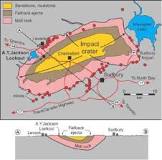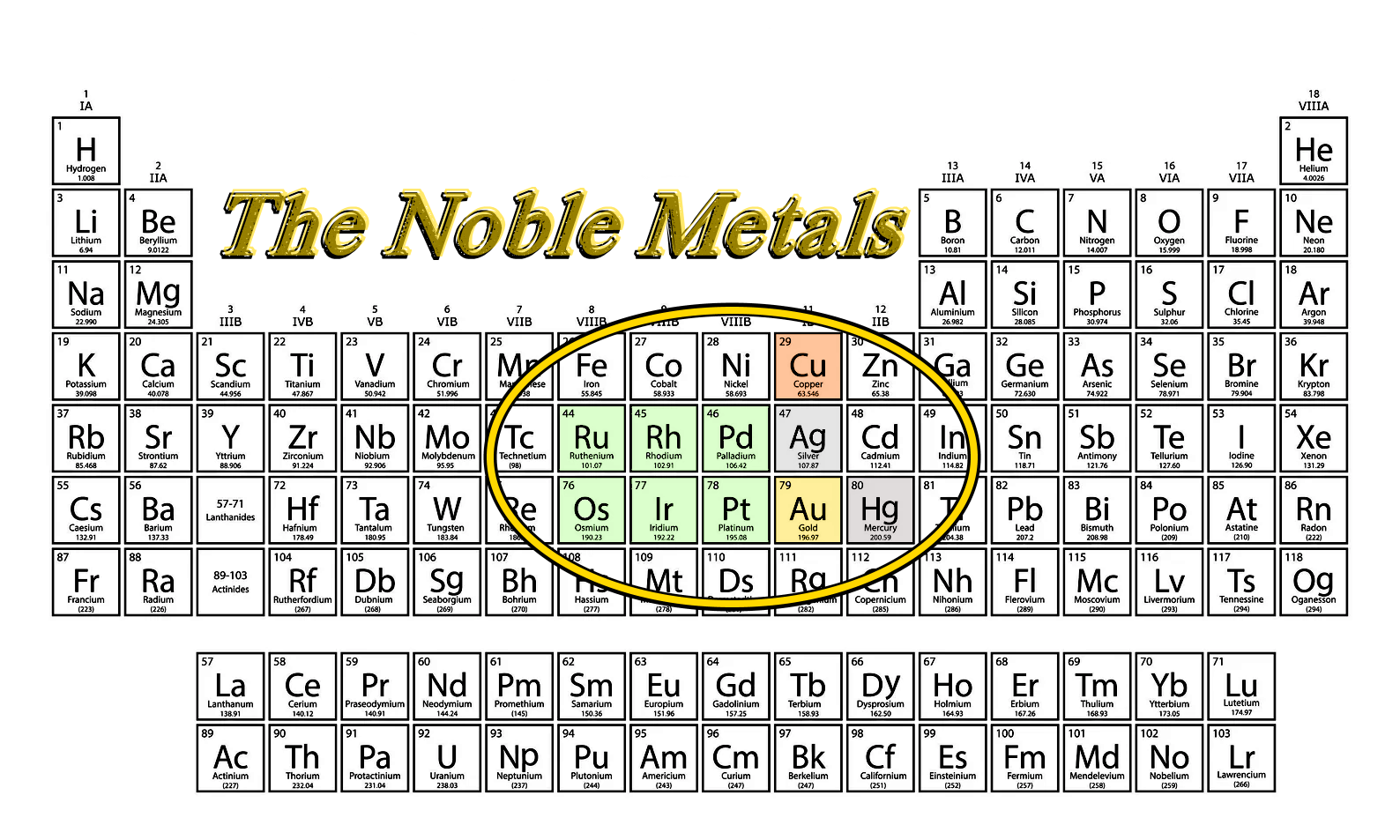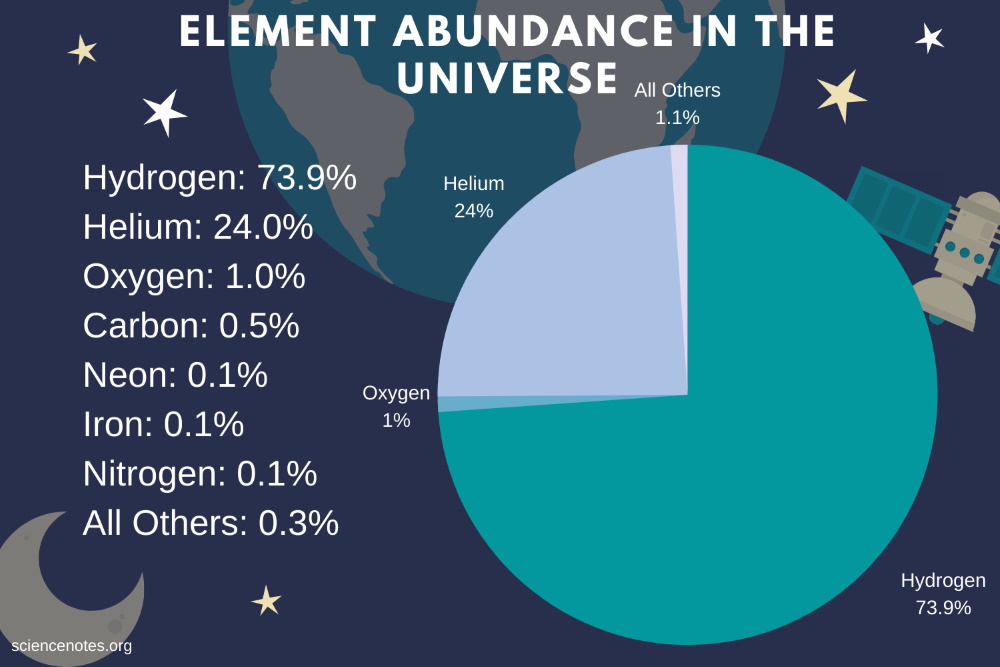Post by 1dave on Jul 5, 2023 3:02:39 GMT -5
I'm REALLY INTERESTED IN THIS!

I believe our current batch of geologists are off track.
For the past thousand years people have seen A volcanoes, not B impacts.
They believe wealth comes up from volcanoes. That is impossible!
Earth is made of simple materials.

Google: number of impact craters on Mars
Google: number of impact craters on Venus
Not only do they bring new elements to earth, their SHOCK WAVES shatter silica rocks! Those liberated silica bonds join weak hydrogen bonds with ground water to make agates!

Lake Superior agates were created at the ancient impact site.
The Apollo Comet entered the solar system a long time ago. It is not a simple comet. It is composed primarily of iron, nickel, cobalt, iridium, and osmium. It has broken up into the Apollo Asteroid Belt.

The largest Apollo asteroid
Nearly every place on earth where we mine nickle we find iridium. Those are unrecognized ancient Apollo impact sites!
Sudbury Canada - - Has a totally different element signature.
- Has a totally different element signature.
It had to come from a different supernova explosion.

Compare the elements from the comet that hit Vredefort Africa with the Midas Comet that hit America and they had to have come from a different supernova.

I believe our current batch of geologists are off track.
For the past thousand years people have seen A volcanoes, not B impacts.
They believe wealth comes up from volcanoes. That is impossible!
Earth is made of simple materials.

Earth and the entire solar system, including meteors, asteroids, and comets, were formed in a simple molecular cloud.
Google: number of impact craters on Mars
While only about 120 impact craters have been identified on Earth, scientists estimate that on the surface of Mars, there are more than 43,000 impact craters with diameters greater than 5 kilometers (3 miles), and probably over a quarter of a million impact craters that are similar in size to Meteor Crater
Google: number of impact craters on Venus
There are about 1000 craters identified on the surface of Venus. Crater Mead is the largest known crater on Venus, named after the American anthropologist, Margaret Mead. It measures 280 km in diameter, and contains several concentric rings
Earth has to have over a thousand unidentified impact sites!
Not only do they bring new elements to earth, their SHOCK WAVES shatter silica rocks! Those liberated silica bonds join weak hydrogen bonds with ground water to make agates!

Lake Superior agates were created at the ancient impact site.
The Apollo Comet entered the solar system a long time ago. It is not a simple comet. It is composed primarily of iron, nickel, cobalt, iridium, and osmium. It has broken up into the Apollo Asteroid Belt.
Apollo asteroids are Near Earth Asteroids (NEAs) with perihelion distances less than 1.017 AU, and semi-major axis greater than 1 AU. They have sizes less than 10 km (1866 Sisyphus is the largest discovered so far) and form the majority of the population of Earth-crossing and Potentially Hazardous asteroids.

The largest Apollo asteroid
Nearly every place on earth where we mine nickle we find iridium. Those are unrecognized ancient Apollo impact sites!
Sudbury Canada -
It had to come from a different supernova explosion.

Compare the elements from the comet that hit Vredefort Africa with the Midas Comet that hit America and they had to have come from a different supernova.














